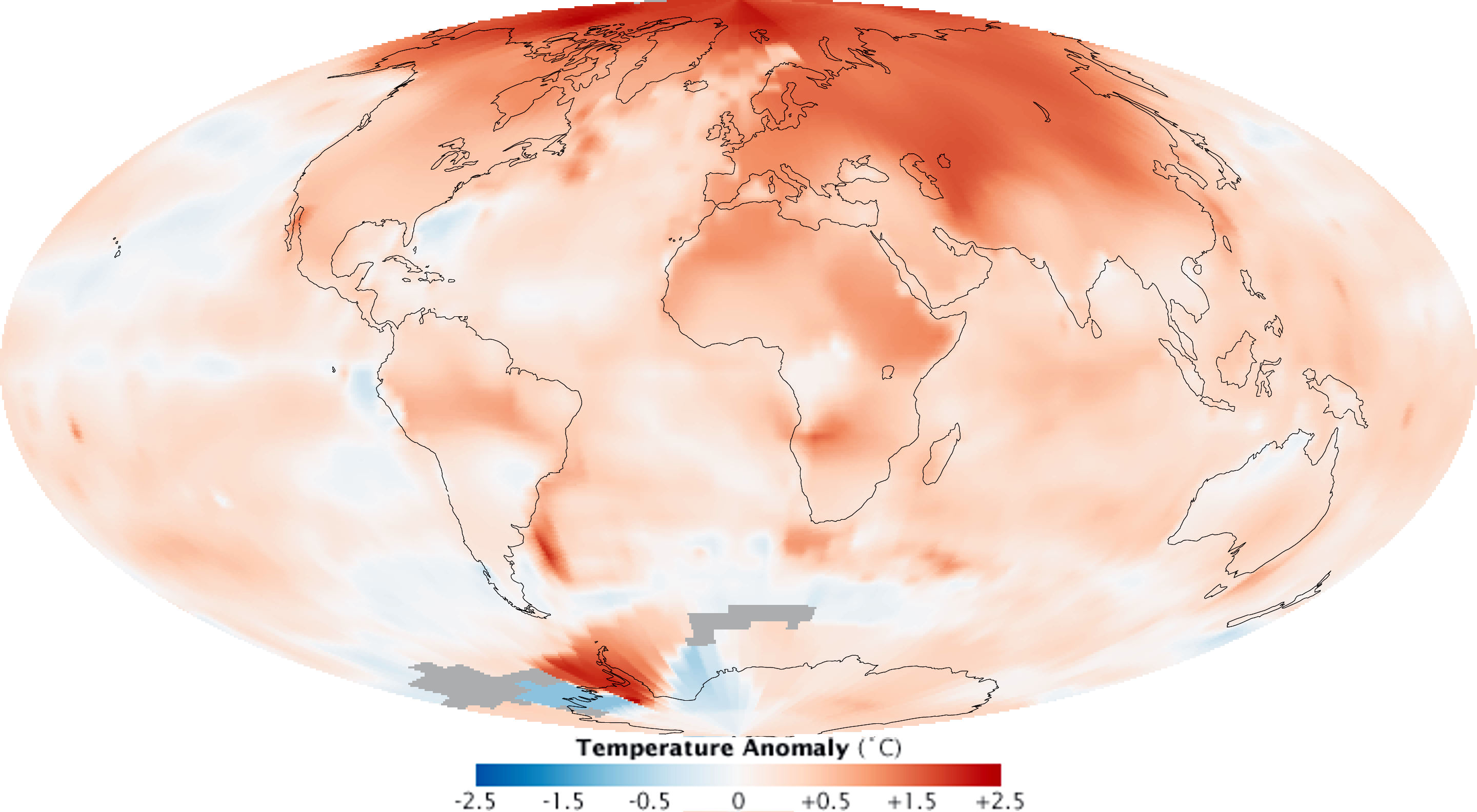Climate is the average atmospheric condition of a particular place. It is different from weather because weather changes continuously but climate changes every 30 to 35 years. For example: If it rains continuously in a place every day, the climate there is monsoon. The pattern of weather of a place is known as the climate of a place.

Factors affecting climate of a place
Latitude
Latitudes are the imaginary horizontal lines on the surface of the earth. The more the latitude degree, cooler the climate. According to this, equatorial regions are hotter than polar regions because sun rays fall vertically on lower latitude but only slanted rays fall on higher latitude.
Altitude (height from sea level)
Normally, temperature changes by 1˙C in every 165 meters height. Temperature decreases when we ascend higher and vice-versa. Lower altitude has dust, vapor and heat absorbing gases like carbon dioxide making the climate at lower altitude warm. Higher altitude has thin air layer which absorbs less heat making it cooler.
Forest
Climate and vegetation are interrelated. We normally consider that good climate is the result of good vegetation but the opposite is also true. Places with large forest resources receive a lot of rain so the climate is Tropical monsoon or moderate, whereas places with sand and bare rocks rarely experience monsoon. The climate in such place is extreme hot and dry.
Distance from Sea
Sea has a great influence on the climatic condition of a place. Places near sea has moderate climate due to regular exchange of sea breeze and land breeze. Also, the places near sea receive more rainfall and has oceanic climate.
Direction of wind
Trade wind blows from eastern side and is dry whereas Westerly (anti-trade) wind blows from western side and is moist. Due to dry monsoon wind, winter monsoon rain is not heavy whereas, moist monsoon wind cause heavy summer monsoon rain.
Relief features
Relief features refer to the mountains. The slope of the mountain facing water mass (leeward side) is wet but the slope of the mountain facing against the water mass (windward side) is cold and dry.
Ocean current
Ocean current affects the coastal regions greatly. Warm ocean current passing through a coastal area makes the climate of that area warm and vice versa.
Soil
The quality of soil affects the climatic feature of a place. Sandy area reflects the solar radiation and makes the climate warm. Alluvial soil contains biotic elements and stores solar radiation. This makes the climate of such regions cool.